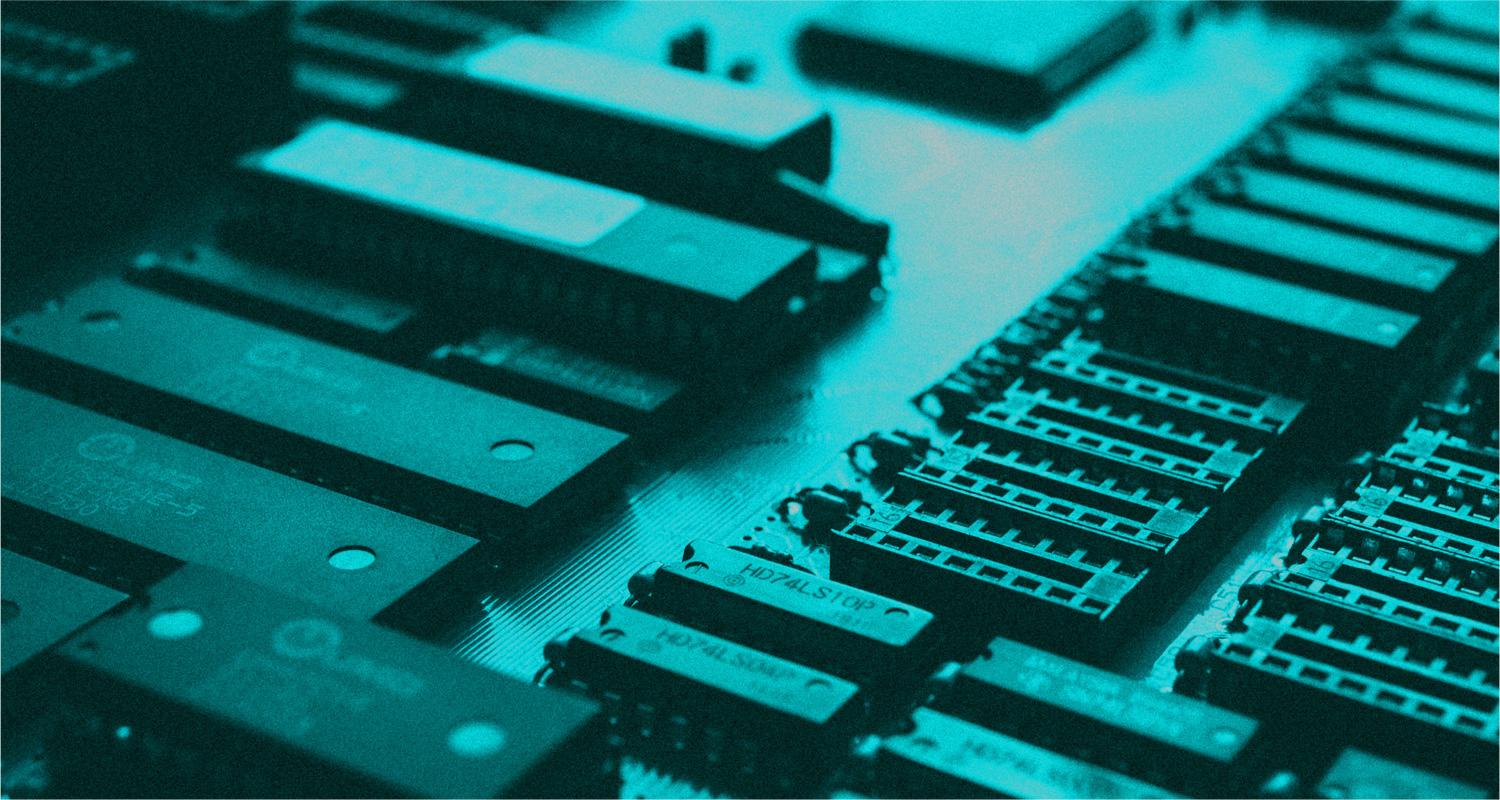
Multipartner case study Fujitsu
16 February
2018
Improved use of physical IT resources, now close to 90%; Quicker backup operations; Greater maintenance flexibility; Significantly improved SLAs and KPIs; Improved data security; More data security due to virtualization.

Virtualization to support growth
Business of Virtual Data Room services, our core business, has evolved into a portfolio of solutions designed to securely share and monitor data and documents. The business has grown to such an extent that the company’s IT infrastructure needed to be completely redesigned in order to achieve greater efficiency, improved operational flexibility, and service delivery continuity.
We selected VMware as a hypervisor, and with support from the Filippetti Group, began looking at hardware platforms able to meet their requirements in terms of speed, reliability, scalability, and ease of management.
As Renzo Grandi, head of IT at Multipartner, says:
“The aim was to improve the utilization of the hardware platforms (based on X86 architecture and Windows and Unix operating systems), which had previously restricted growth,” continues Grandi, “so as to improve flexibility and scalability, as well as ensure an appropriate level of security for the services we deliver to our customers.”
After thoroughly researching the best solutions, the final choice consisted of Fujitsu servers. Fujitsu is one of the few suppliers that has VMware certification and offers constant technological upgrades.
The VMware hyper-converged infrastructure (HCI), which involves the use of vSphere and vSAN, as well as Site Recovery Manager (SRM), works perfectly with Fujitsu solutions, without the need for inconvenient test phases or integration activities. In fact, vSAN offers the widest range of options thanks to the support of the large and proven ecosystem of vSAN ReadyNode providers.
The advantages are clear: during maintenance, virtual machines can be moved with no negative consequences in terms of service interruption; backup operations take minutes instead of hours, and the operational flexibility supports growth and allows better management of data-processing peaks.
“Security, which is a crucial issue for us, is managed perfectly by the hyper-converged architecture created with VMware and Fujitsu, and thanks to the partnership with the Filippetti Group. On the one hand, we have virtual machines that are, by definition, more secure and controllable than physical machines; on the other hand, the new configuration of delivery nodes, which uses, among other things, separate 1 Gbps fiber-optic connections between the two certified data centers. This allows near real-time data alignment between the two physical sites, ensuring clients receive uninterrupted service, even in the event of unforeseeable circumstances.”
By upgrading its platforms, Multipartner dramatically reduced the maximum time for potential data loss, thus ensuring the level of quality required for the strategic services provided to customers.
“With the previous architecture,” says Grandi, “there was a risk that the disaster recovery process would be aligned at midnight on the previous day. Now, thanks to virtualization and the new technologies incorporated in Fujitsu PRIMEFLEX for VMware vSAN, we have a near real-time disaster recovery system. When choosing the new architecture, we purchased sufficient resources to enable us to support future developments. Looking further ahead, the scalability and flexibility of the new infrastructure will allow us, to rapidly activate new delivery nodes anywhere in the world. This will allow our customers to choose where and under which judicial system they would prefer to keep their sensitive data.”





